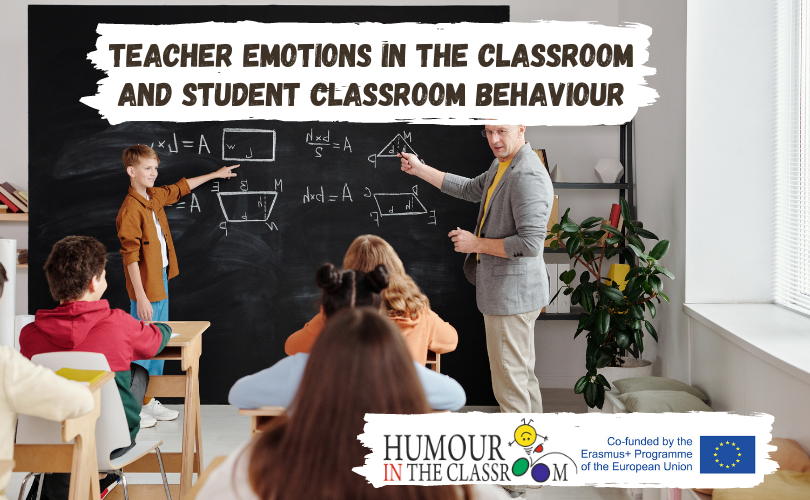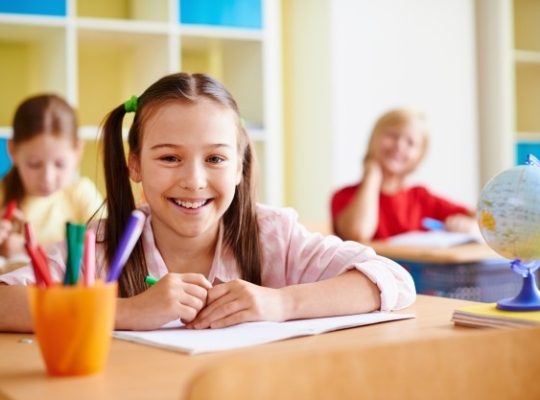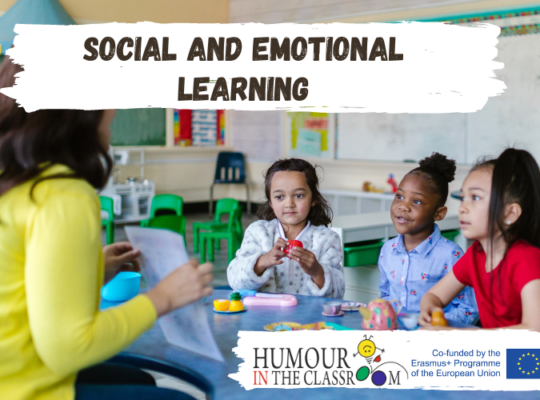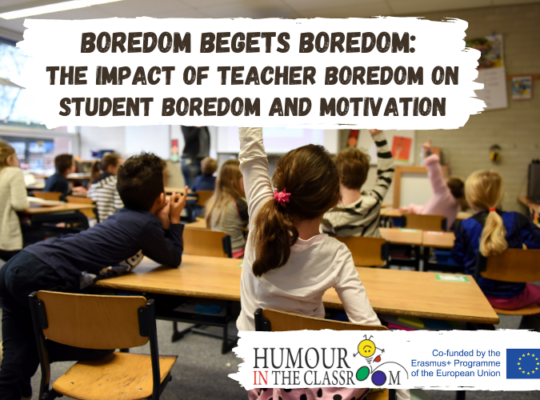Teachers experience a range of emotions during their work (Frenzel 2014; Keller et al. 2014), which are triggered by multiple factors and their interplay (Schutz 2014). Teacher emotions typically unfold in interaction with their environment (Day and Gu 2014). Teachers interact with different people in their work (e.g. colleagues, parents), but interactions with their students seem to be the most powerful in terms of evoking positive or negative emotions, as (mostly qualitative) empirical studies have shown (e.g. Sutton and Wheatley 2003). For example, teachers in the study of O’Connor (2006) described their “big moments” (p. 125) in terms of emotionality in teaching resulting from interaction sequences with students. This finding was confirmed in several other studies (Demetriou et al. 2009; Galant 2013; Hargreaves 1998, 2000; Oplatka 2007; Sutton 2007; Williams-Johnson et al. 2008; Zembylas 2002).
Research has shown that primary and secondary teachers’ emotions are strongly connected to positive interactions with their students (e.g. a breakthrough of a learner, showing appreciation of the teachers’ work), evoking responses such as joy and satisfaction (Hargreaves 2000). Conversely, in terms of negative emotions, a recent study by Chang (2013) showed that negative emotions of teachers (e.g. anger and frustration) were frequently related to students’ misbehaviour or lack of classroom discipline, which increased the risk for burnout over time (Tsouloupas et al. 2010). Classroom discipline problems have also been found to be one of the main predictors of teacher stress (Abel and Sewell 1999; McCarthy et al. 2015) and also impede on teacher enthusiasm (Kunter et al. 2011). Frenzel et al. (2011) found a positive correlation between discipline in the classroom and teacher enjoyment, whilst the correlation was negative for anger (Sutton 2007) and anxiety. The same correlational pattern occurred for student motivation, whilst there was no significant association between student performance and teacher emotions (Frenzel et al. 2011). This corresponds with findings of previous studies in motivation and the TSR, indicating that student engagement was more significant for teachers’ positive relationship with students than students’ achievement level (e.g. Juvonen 2006; Skinner and Belmont 1993; Tal and Babad 1990).
Source: https://link.springer.com/article/10.1007/s10212-015-0250-0






